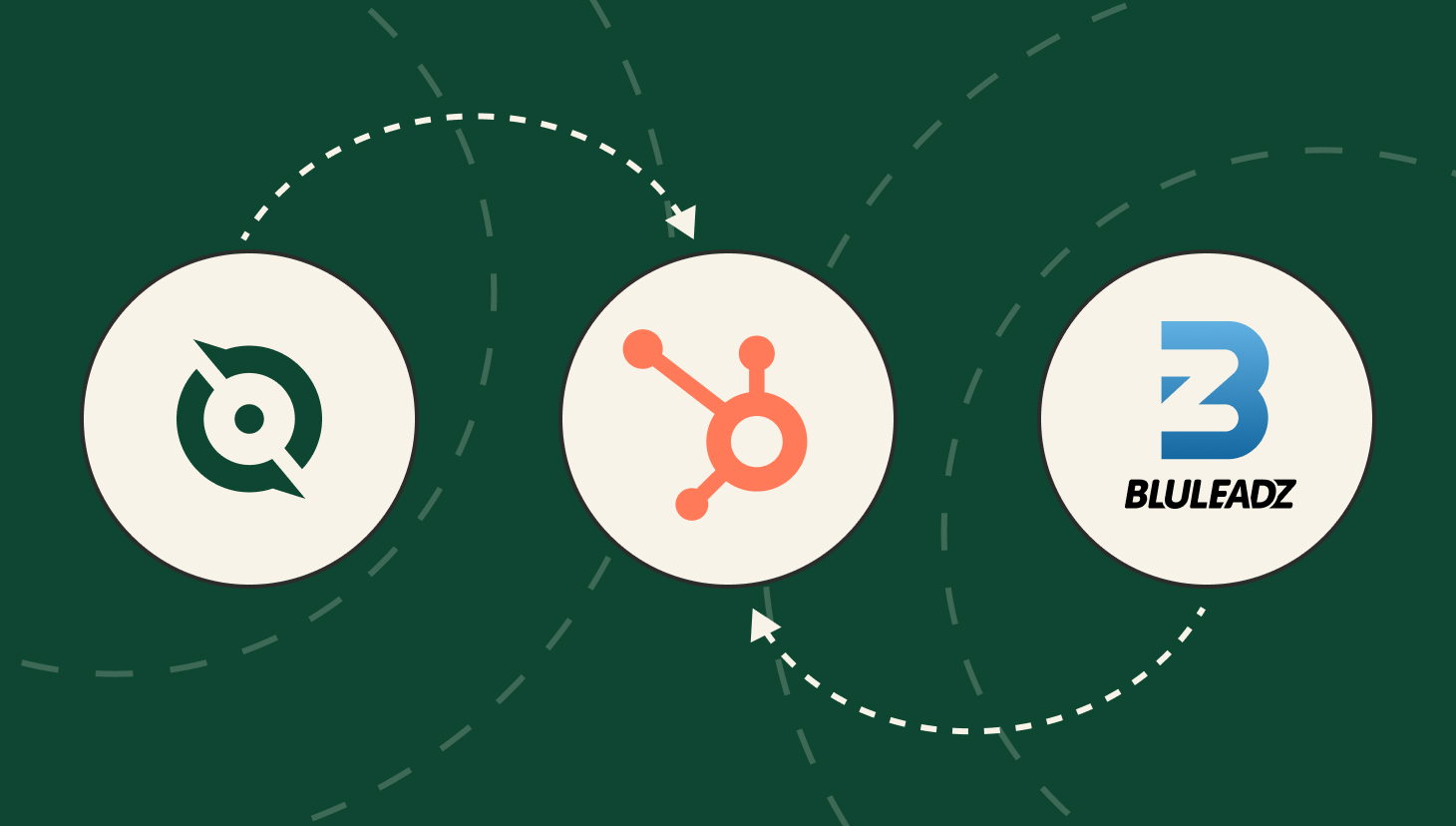Sales Development Reps (SDRs) play a key role in many B2B SaaS companies. They spearhead the efforts of generating leads and moving these leads through the top of the sales pipeline. SDRs also make up a key segment of the QuotaPath user base, so we thought we would learn a little bit more about them. We were excited to see that The Bridge Group did a research study on metrics and compensation for SDRs. Below we synthesized the findings of the report in a TL/DR format to our readers.
RevOps, sales leaders, and finance teams use our free tool to ensure reps’ on-target earnings and quotas line up with industry standards. Customize plans with accelerators, bonuses, and more, by adjusting 9 variables.
Build a Comp PlanGroup Structure
The Bridge Group analyzed data that they gathered from 434 companies who have a median annual revenue of $24M. A perennial question about SDRs is whether they report to the Sales or Marketing organization. The study found that in larger companies (over $5M revenue) the reps reported to Sales in 65% of companies and Marketing in 24% of companies. As is expected with startups and smaller companies (under $5M revenue), the reps reported to the CEO 32% of the time. If I can offer a personal opinion, it would be that your SDR team should report to whichever executive cares the most about their success. I’ve seen it successful with both the marketing AND sales… depending entirely on the executive in charge.
Researchers also found that nearly half of companies utilize blended inbound/outbound teams, with only 25% of companies having a dedicated inbound and outbound team. Unsurprisingly, different SDRs organizations are responsible for different degrees of qualified meetings. The study found that there’s a nearly identical split between SDR organizations responsible for setting intro meetings, setting semi-qualified opportunities, and setting fully qualified opportunities.
A fascinating finding by the researchers was that SaaS companies, in general, have begun employing lower SDR to AE ratios, than in the past. Currently, SaaS companies employ an average of 1 SDR for every 2.6 AEs. The researchers gave a few theories as to why this might be, but the rise of technology and automation within sales has resulted in a sharp increase in SDR productivity.
Ramp & Retention
Interestingly, the study found that the average experience required to hire a rep has declined by 45% since 2010. High-growth companies were found to be 30% more likely to hire a rep with less than one year of experience than companies that were not high-growth. This is a great indicator for recent college grads looking to break into sales!
It seems that every SDR is looking to move into a closing role as quickly as possible. It makes sense then that the average tenure of an SDR was 1.5 years. Considering that the average ramp-up period for new hires around 3.2 months, this gives a little over a year of full productivity before SDRs leave this role.
Compensation & Quotas
Now for our favorite part of the article: sales compensation and quotas. At QuotaPath, we believe that transparency of compensation plans for sales reps is extremely important. The average base salary for SDRs is $48k with an On-Target Earnings (OTE) of $75k, meaning on average SDRs are expecting $27k in commission/bonus per year.
Most companies tend to rely on variable compensation revolving around one or two components. The authors pointed out the issue with tying more than 20% of incentive compensation to “opportunities won”. Essentially, it makes little sense for a rep to get paid 100+ days after passing an opportunity, especially when the rep has little control of the win likelihood after passing it on. The “opportunity won” compensation for SDRs might also encourage them to spend more time getting a deal through the finish line, rather than focusing on talking to new prospects.
As we’ve written about in the past, Sales Development Rep quotas vary drastically depending on the company. They can range as low as two highly qualified opportunities a month to as high as 60 introductory demos a month depending on a variety of factors. There are typically four variables to take into consideration for setting quotas: activity focus, model, size of accounts, and market maturity.
As stated in the research article, setting quotas can be difficult. When setting the quota. it’s important to make it attainable so that your SDRs stay motivated and competitive.
Pro-tip: QuotaPath’s Teams feature provides a great way to visually track individual and team goals. Reps can see how they compare to their team members and also stay on track with their personal goals. Based on the research findings, on average, 68% of reps achieve quota in a given group. Teams can help Sales Development Reps who are struggling, stay motivated to reach their quotas.
Try the most collaborative solution to manage, track and payout variable compensation. Calculate commissions and pay your team accurately, and on time.
Start TrialActivity and Sales Leadership
In general, the Sales Development Reps in the study made 45 dials per day with an average of about 5 quality conversations per day. Companies also spent around $371 per SDR per month on technologies (think Salesforce, Outreach.io, Salesloft, etc.). Want some good news? Anyone can use QuotaPath to track quota attainment and commissions for free. Built by salespeople for salespeople, QuotaPath was built to empower individual reps and provide managers with the tools necessary to allow their reps to succeed. For example, the study shows that some of the top challenges facing those managing SDR groups are issues like productivity/performance, metrics/reporting, motivation, and compensation (optimizing, planning). QuotaPath enables you to tackle each of these issues and provides value not only to managers but to individual reps themselves.
If you’d like to do more digging into the report, check out the full study. To start using QuotaPath to help your team achieve their goals, sign up today for free!



